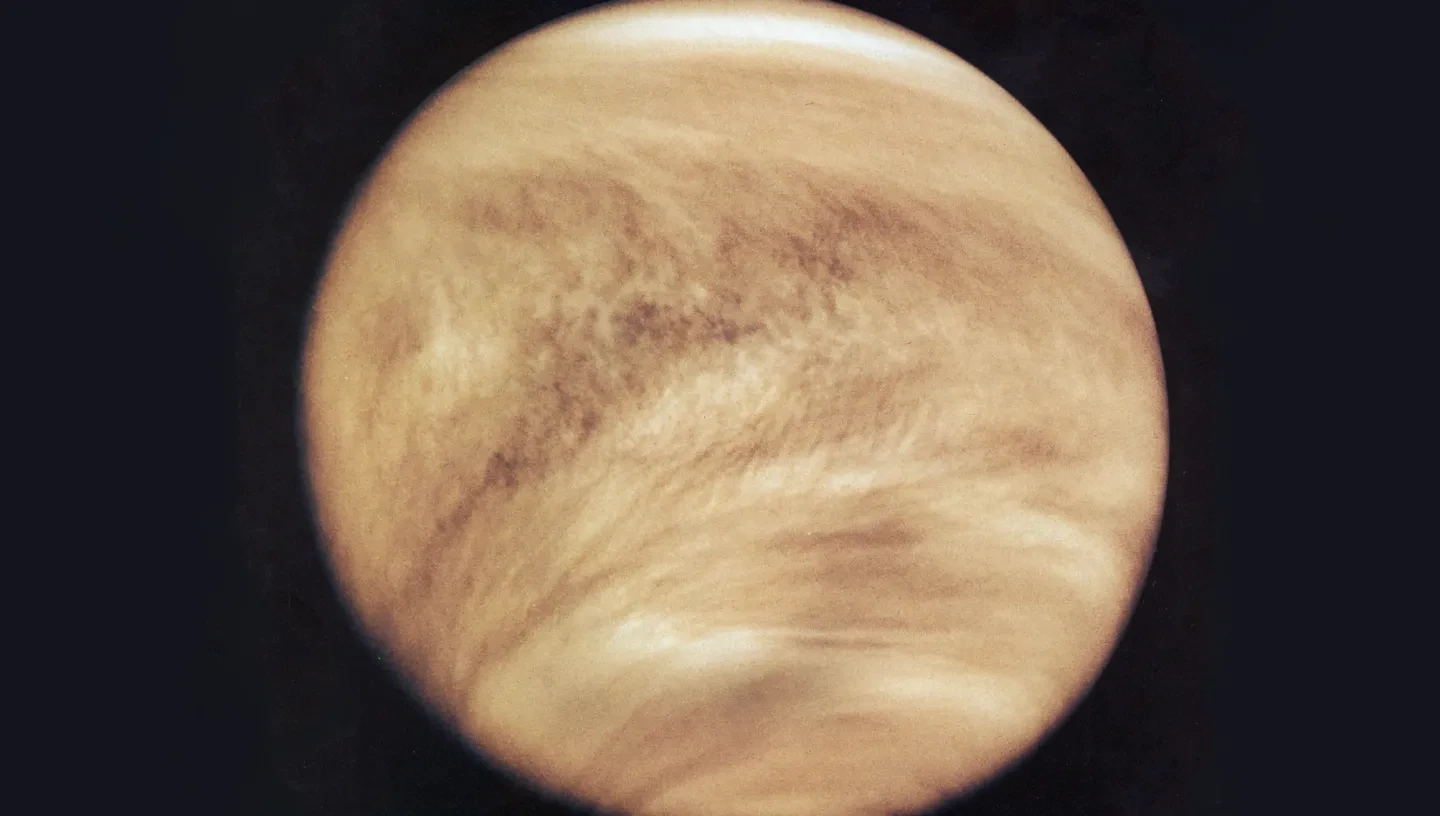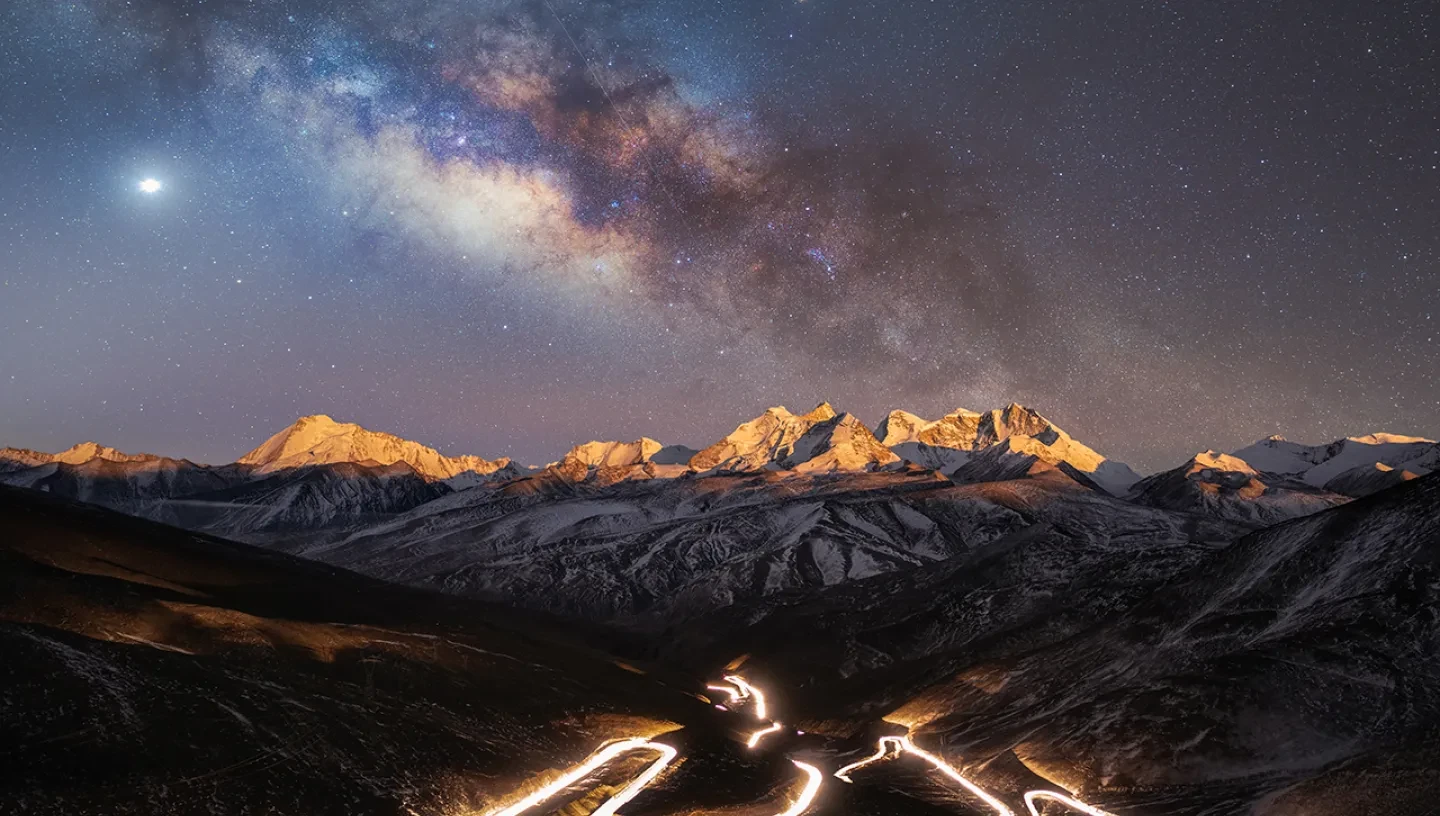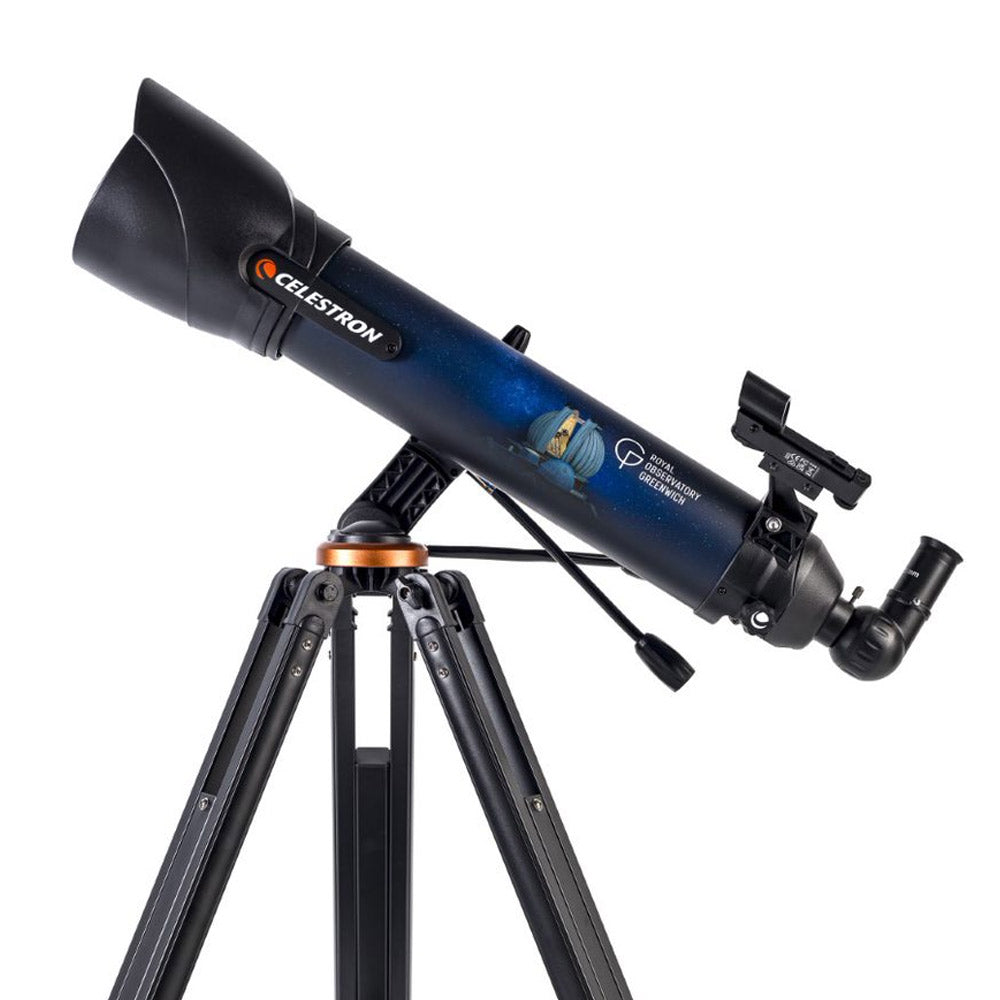
Expand your mind with these top eight facts about the planet Venus.
1. A day on Venus is longer than a year
It takes Venus longer to rotate once on its axis than to complete one orbit of the Sun. That’s 243 Earth days to rotate once – the longest rotation of any planet in the Solar System – and only 224.7 Earth days to complete an orbit of the Sun.
2. Venus is hotter than Mercury – despite being further away from the Sun
Its mean temperature is 462°C. This is because of the high concentration of carbon dioxide in Venus’ atmosphere, which works to produce an intense greenhouse effect. Heat is trapped in the atmosphere like a blanket, causing the temperature of the planet to be much higher than its proximity to the Sun would suggest.
3. Venus spins clockwise on its axis
Almost all planets in the Solar System spin anti-clockwise on their axis and orbit the Sun in an anti-clockwise direction. Venus also orbits the Sun anti-clockwise but spins clockwise on its axis. One theory for this unusual rotation is that it was knocked off its upright position earlier in its history! The only other planet in the Solar System to spin clockwise is Uranus.
Astronomers believe that at some point, a colliding celestial body tilted Venus so far off its original position that it is now upside down. The only other planet to spin in a weird direction is Uranus, which spins on its side, probably the result of another collision early on in its life.
4. Venus is the second brightest natural object in the night sky after the Moon
The clouds of sulphuric acid in Venus’ atmosphere make it reflective and shiny, obscuring our view of its surface. Its brightness makes it visible even during the day – if it’s clear and you know where to look.
5. Venus has 90 times the atmospheric pressure of Earth
That’s about the same as the pressure found at a depth of 1km in the Earth's oceans.
6. Venus is named after the Roman goddess of love and beauty
It is thought that Venus was named after the beautiful Roman goddess (counterpart to the Greek Aphrodite) due to its bright, shining appearance in the sky. Of the five planets known to ancient astronomers, it would have been the brightest.
7. Venus was the first planet to have its motions plotted across the sky, as early as the second millennium BC
Because Venus is easy to spot with the naked eye, it is impossible to say who discovered the planet. But over the centuries we have been able to measure Venus’ motions, including the rare transit of Venus, when the planet appears to cross in front of the Sun.
8. We tend to say ‘Venusian’, not ‘Venerian’
Following the rules of Latin, we should say ‘venerean’ as the adjective to describe things related to Venus. However, this is deemed to be too close to the word ‘venereal’. The more commonly used word is ‘Venusian’ despite its clunky etymology.
Never miss a shooting star
Sign up to our space newsletter for exclusive astronomy highlights, night sky guides and out-of-this-world events.








